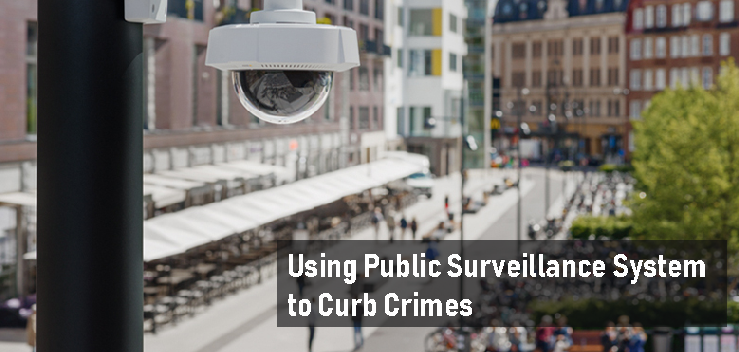Using Public Surveillance System to Curb Crimes

Using Public Surveillance System to Curb Crimes
In order to understand the mechanisms by which public surveillance may impact crime and disorder, as well as to examine the relevant information that can help inform future camera investments, it is first necessary to define the various terms that are used to refer to a public surveillance system and the components of such a system.
Over the years, surveillance technology has been referred to by a number of names. While closed-circuit television(CCTV) is the most commonly used term for public surveillance systems, it has become antiquated because of the introduction of new video recording technologies that are not closed-circuit.
“Closed-circuit” refers to a network of several cameras that were originally linked through a closed-circuit, with the camera footage leading to a single, centralized television monitor equipped to record the images that were captured.
This system was similar to public television, with a camera to receiver-television design, but without the public broadcasting aspect. Advancement in technology has changed many aspects of the original version of a CCTV.
The camera footage has remained somewhat “closed” in that it is protected or secured footage, viewable by only those people who have permission to access the feed. The concept of a “circuit” still remains, with a loop of several cameras being used in most jurisdictions and tied to a central location.
However, the technology available today now allows for cameras to be fully operated remotely. Many types of cameras can now be implemented into a wireless system, with multiple operators watching the same feed from several locations.
Camera systems today are more interactive and computer-based, allowing an operator to pan, tilt, and zoom the camera and change what is being recorded in real-time.
What is Public Surveillance System?
Public Surveillance System is an investment in ‘situational’ crime–prevention; it is designed to change the environment within which crime occurs, rather than trying to change the attitudes and capacities of offenders. It is thought to deter criminality in the area under surveillance by;
- Increasing the threat of potential and actual offenders being identified;
- Mobilising some form of response; or
- Collecting evidence.
Installation of a surveillance system is often accompanied by other measures such as general improvements in the physical amenity of a location (reversing ‘broken windows’) and other security measures such as fencing (target hardening) or improved lighting.
Surveillance Systems can vary in terms of:
- Locations where they are installed: city or town centre business areas, or residential areas; or within shopping malls, railway stations, airports or car parks; or on trains and buses.
- Areas they cover and the density of that coverage.
- Whether they involve either ‘active’ or ‘passive’ monitoring
Active monitoring’ by operators who monitor the cameras in real time can
- Increase the threat of identification and help mobilize a response as operators may have open channel communication with the police.
‘Passive monitoring’ refers to surveillance systems that regularly scan an area and produce a record that can later be examined, assisting with
- Collecting evidence.
When considering installing a public surveillance system, stakeholders must also keep many issues in mind.
Implementing a new system is a significant undertaking, and requires city administrators and jurisdictions to confront both financial and political challenges.
Careful planning, integration, and innovation can help both law enforcement agencies and their municipal partners successfully navigate these challenges in order to implement and employ a public surveillance system.
Several cities with existing surveillance systems have generated lessons that can pave the way for jurisdictions contemplating such an investment, providing constructive guidance on both best practices and potential pitfalls

